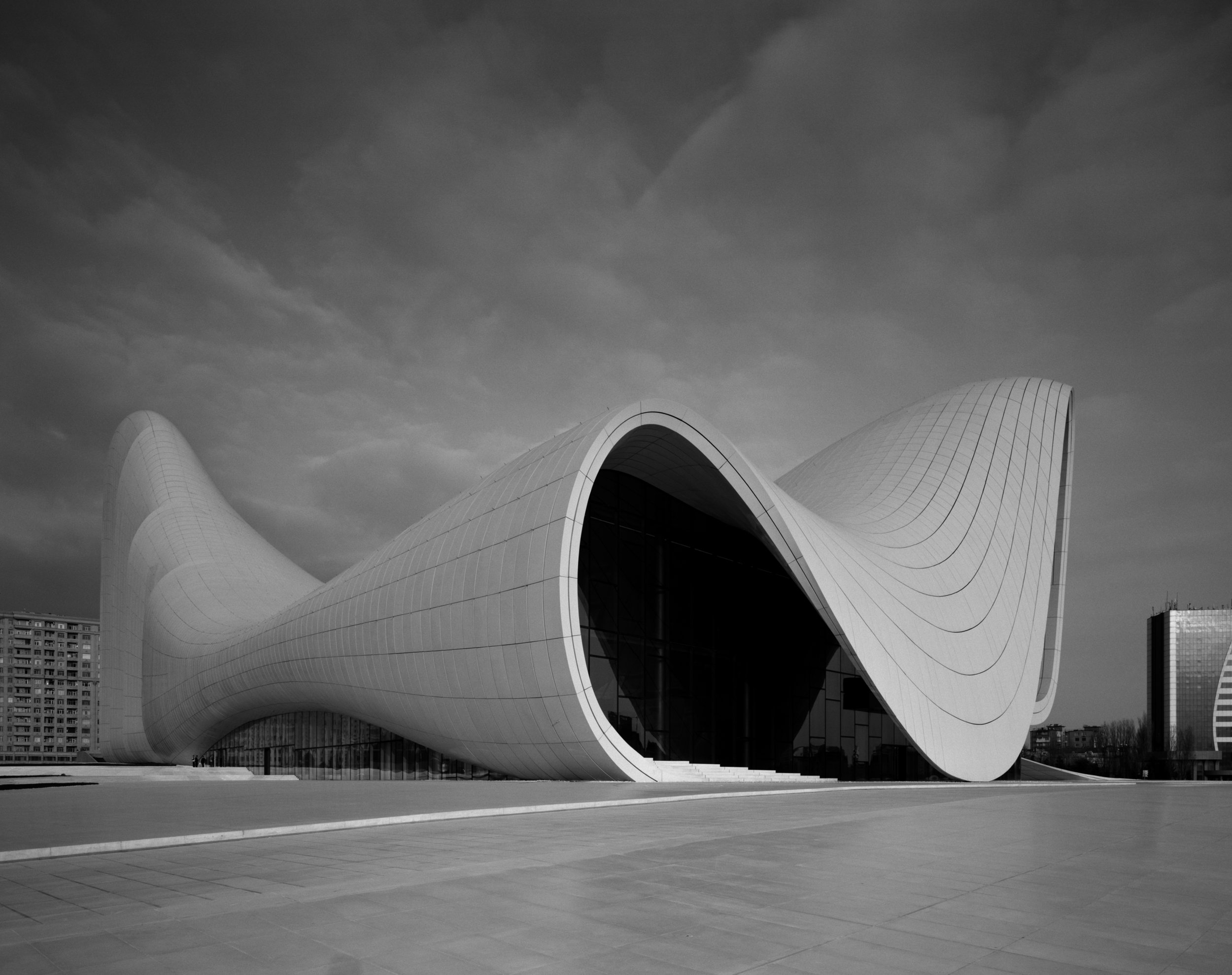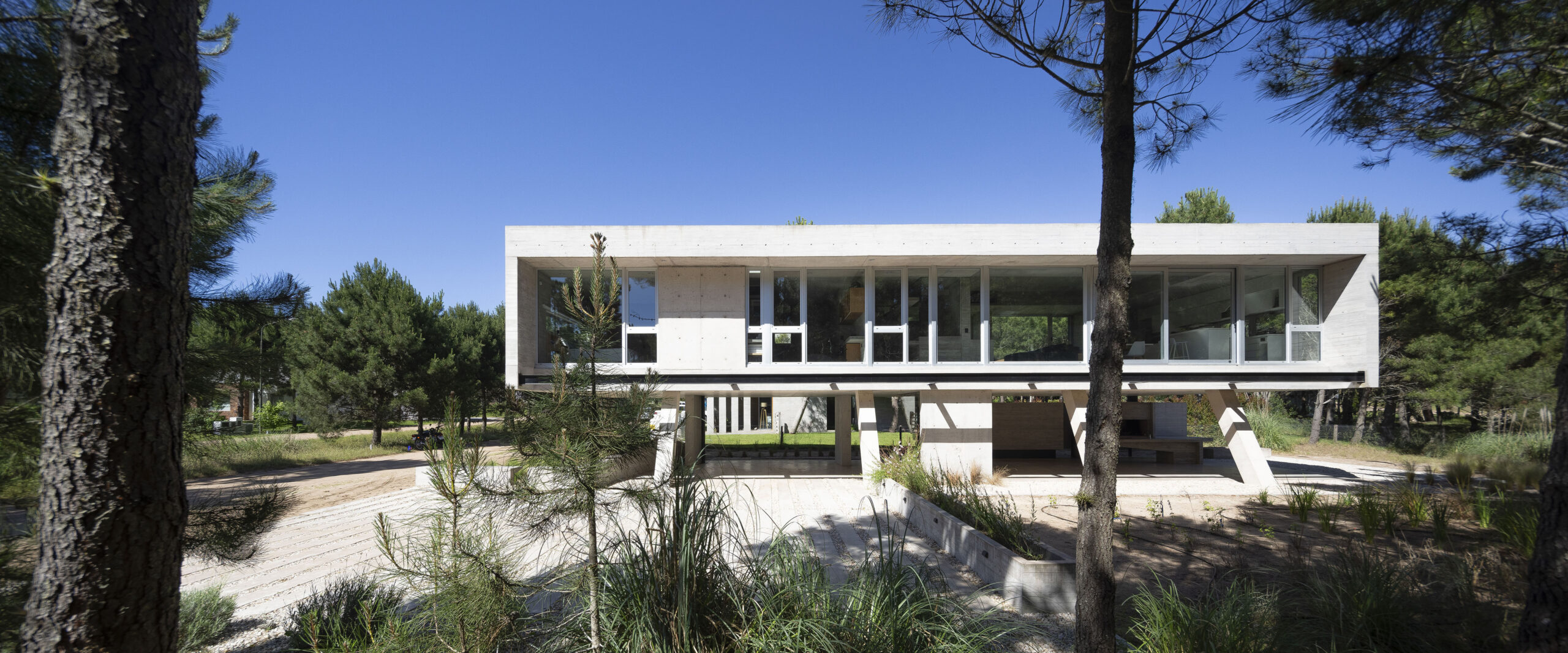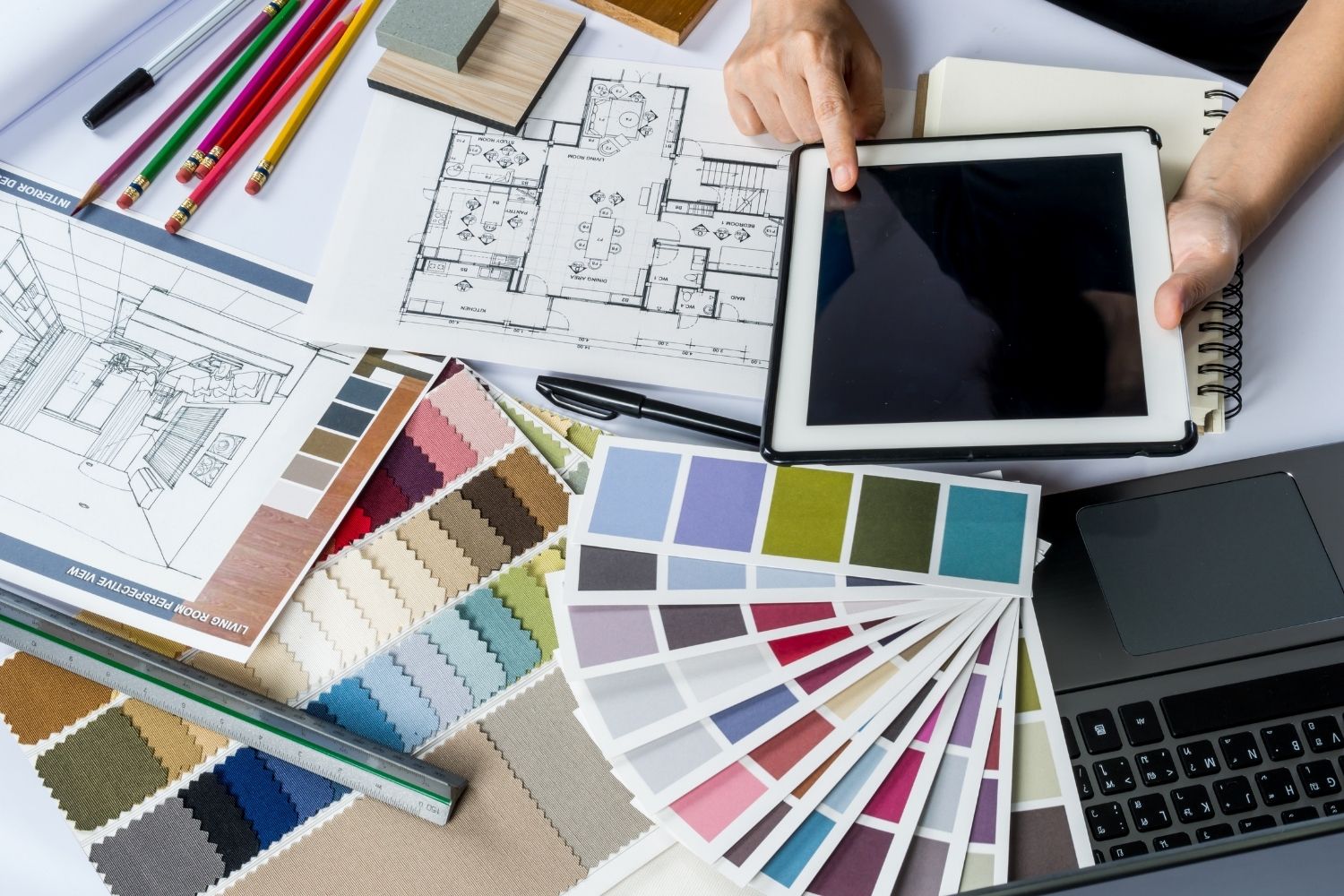- Home
- Articles
- Architectural Portfolio
- Architectral Presentation
- Inspirational Stories
- Architecture News
- Visualization
- BIM Industry
- Facade Design
- Parametric Design
- Career
- Landscape Architecture
- Construction
- Artificial Intelligence
- Sketching
- Design Softwares
- Diagrams
- Writing
- Architectural Tips
- Sustainability
- Courses
- Concept
- Technology
- History & Heritage
- Future of Architecture
- Guides & How-To
- Art & Culture
- Projects
- Interior Design
- Competitions
- Jobs
- Store
- Tools
- More
- Home
- Articles
- Architectural Portfolio
- Architectral Presentation
- Inspirational Stories
- Architecture News
- Visualization
- BIM Industry
- Facade Design
- Parametric Design
- Career
- Landscape Architecture
- Construction
- Artificial Intelligence
- Sketching
- Design Softwares
- Diagrams
- Writing
- Architectural Tips
- Sustainability
- Courses
- Concept
- Technology
- History & Heritage
- Future of Architecture
- Guides & How-To
- Art & Culture
- Projects
- Interior Design
- Competitions
- Jobs
- Store
- Tools
- More

Architecture is an art form that surrounds us every day. From towering skyscrapers to intricate historical buildings, the world of architecture offers a captivating visual experience. As a photographer, capturing the beauty and essence of architectural structures can be a rewarding endeavor. In this tutorial, we will explore some essential tips and techniques to help you master the art of architecture photography and create stunning images that showcase the magnificence of buildings.
- Research and Location Scouting: Before embarking on an architecture photography shoot, it is crucial to research and identify potential locations that feature interesting architectural elements. Look for unique buildings, historical landmarks, or contemporary structures that pique your interest. Online resources, architectural books, and local guides can be valuable sources of information. Visit the location beforehand to assess the lighting conditions, angles, and any potential obstacles that may impact your shoot.
- Pay Attention to Lighting: Lighting plays a pivotal role in architecture photography. The interplay of light and shadow can accentuate the shapes, textures, and details of a building. Experiment with different times of day to capture the desired mood and atmosphere. Soft, diffused light during sunrise or sunset can create a warm and inviting ambiance, while the harsh sunlight at midday can produce dramatic contrasts. Consider using a tripod for longer exposures, especially in low-light situations.

Credit: Holden Luntz Gallery – Julius Shulman’s Mid-Century Modern Architecture - Compositional Techniques: Compose your architectural shots thoughtfully to highlight the building’s unique features. Pay attention to lines, shapes, and symmetry. The rule of thirds can be a helpful guideline for placing key elements within the frame. Experiment with different perspectives, such as shooting from ground level to emphasize the height of a structure or capturing aerial views to showcase its overall design. Including surrounding elements, such as people or natural landscapes, can provide a sense of scale and context.
- Showcase Details and Textures: Architecture is often characterized by intricate details and fascinating textures. Get up close and capture the finer elements that make a building visually appealing. Zoom in on ornamental carvings, decorative patterns, or interesting materials like glass or metal. Utilize a macro lens to capture intricate details with precision. Experiment with different angles and perspectives to emphasize the texture and create visually captivating images.
- Pay Attention to Lighting: Lighting plays a pivotal role in architecture photography. The interplay of light and shadow can accentuate the shapes, textures, and details of a building. Experiment with different times of day to capture the desired mood and atmosphere. Soft, diffused light during sunrise or sunset can create a warm and inviting ambiance, while the harsh sunlight at midday can produce dramatic contrasts. Consider using a tripod for longer exposures, especially in low-light situations.
- Compositional Techniques: Compose your architectural shots thoughtfully to highlight the building’s unique features. Pay attention to lines, shapes, and symmetry. The rule of thirds can be a helpful guideline for placing key elements within the frame. Experiment with different perspectives, such as shooting from ground level to emphasize the height of a structure or capturing aerial views to showcase its overall design. Including surrounding elements, such as people or natural landscapes, can provide a sense of scale and context.
- Showcase Details and Textures: Architecture is often characterized by intricate details and fascinating textures. Get up close and capture the finer elements that make a building visually appealing. Zoom in on ornamental carvings, decorative patterns, or interesting materials like glass or metal. Utilize a macro lens to capture intricate details with precision. Experiment with different angles and perspectives to emphasize the texture and create visually captivating images.

Credit: Dynamic Range: 10 Architectural Photographers Who Dominate the Field (architizer.com) Architecture photography is a fascinating genre that allows you to capture the majesty and artistry of buildings. By employing the tips and techniques discussed in this tutorial, you can elevate your architectural images and convey the beauty and grandeur of structures to viewers. Remember to explore different locations, experiment with lighting, compose thoughtfully, capture details, and embrace the creative possibilities that architecture offers. With practice and perseverance, you can master the art of architecture photography and create visually stunning images that inspire and captivate.

Credit: Learn How To Start Architectural photography – Eikona Here are a few contemporary architecture photographers whose work you might enjoy:
- Iwan Baan: Known for his images of some of the world’s most iconic buildings, Baan’s work is characterized by his interest in the human aspect of architecture.
- Julius Shulman: Although he passed away in 2009, Shulman’s work remains highly influential. His clean, precise photographs of mid-century modern architecture are iconic.
- Fernando Guerra: A Portuguese photographer who focuses on contemporary architecture. His work is often bold and graphic.
- Helene Binet: She is a Swiss-French artist known for her black-and-white photographs of architecture.

Credit: Ammann-Helene Binet — Miami Art Week
Submit your architectural projects
Follow these steps for submission your project. Submission FormLatest Posts
Marketing for Architects: How Firms Are Getting More Clients Without Chasing Leads
Architectural marketing has changed in important ways. Referrals and reputation still matter,...
8 Innovative Apartment Design Ideas from the USA
Apartment design in the United States is rapidly evolving, with architects and...
Tips for Using Runners to Transform Hallways and Spaces
Hallways work hard. They handle daily foot traffic, muddy shoes, and the...
Essential Architecture Tools in 2026: Software, AI, and Physical Equipment
Architecture in 2026 demands more than design talent alone. From BIM and...












Leave a comment